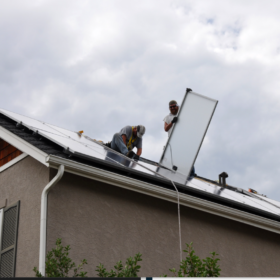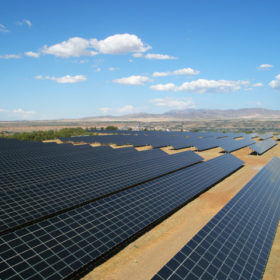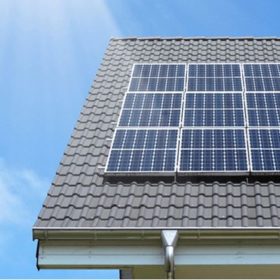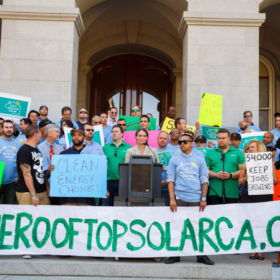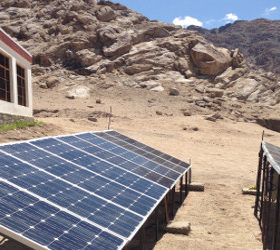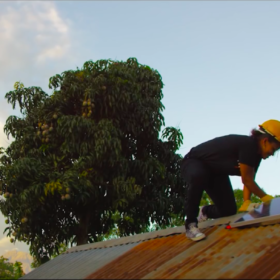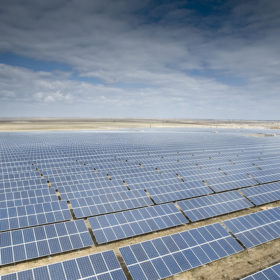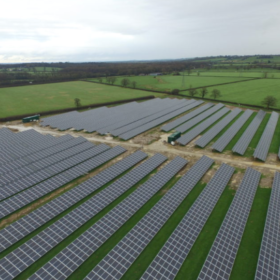Sunrun partners with National Grid to spread solar
The agreement includes a direct investment of $100 million by the utility to fund 200 MW of solar projects across the installer’s national portfolio.
The pv magazine weekly news digest
2017 begins with yet more positive price reduction momentum, while Spain reveals details of its renewables auction and Comtec Solar and Longi agree to asset purchase.
Solarzoom launches new trading platform for distributed PV in China
Trading platform for solar projects launched to connect potential investors with distributed solar PV assets across China.
Over 128,000 California homes go solar in 2016
New data from state California Solar Initiative (CSI) program Go Solar California reports that over the first 10 months of 2016, a total of 128,485 Californian families went solar, according to California Citisuns, the solar consumer advocacy based in Sacramento. The total suggests a 2016 total of over 154,000 new solar homes in the state.
ReneSola to develop 335 MW of solar rooftop systems in China
Fully-integrated solar developer ReneSolar has signed a framework agreement with emerging PV player Beijing Enterprises Clean Energy Group to act as EPC for 335 MW of solar rooftop projects in China, which are due to be completed in just six months.
India to install more than 9 GW of solar in 2017, forecasts Mercom Capital
Pace of Indian solar growth to accelerate this year as the nation is set to more than double 2016’s 4 GW capacity; however, headwinds regarding transmission and evacuation issues could slow expansion, Mercom says.
2016 was ‘landmark year’ for Scottish renewables, says WWF Scotland
Having reached a series of clean energy milestones in 2016, WWF Scotland and Scottish Renewables are urging Scottish ministers to set a target of 50% renewable energy penetration by 2030.
Off Grid Electric secures $7.5 million in debt financing
The California-based provider of off-grid solar power in Africa rounded off an excellent 2016 for the company with a further $7.5 million in debt financing and a partnership with Rwanda’s national utility company, off the back of further expansion plans across Africa.
MIT report questions value of distributed solar
The Utility of the Future report decries poor state-level rate-making, mythical cross-subsidies by non-solar customers, and economies of scale as reasons that adding more distributed PV to utilities’ portfolios make little long-term economic sense.
UK ran on 40% renewables on Christmas Day, data shows
Greenest Christmas ever for the UK as data from power group Drax shows that the nation sourced 40% of its electricity from renewables sources on December 25.
